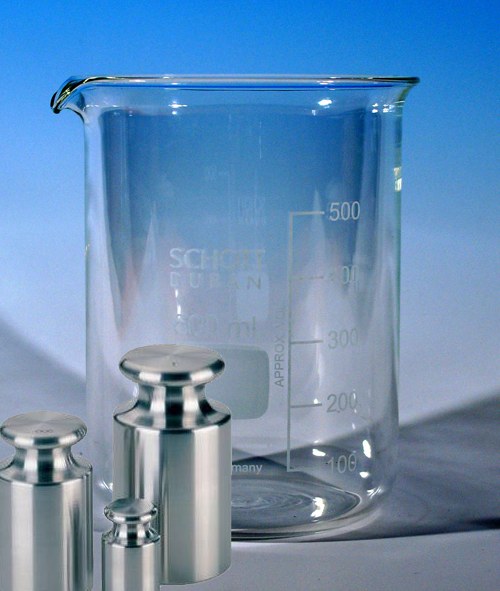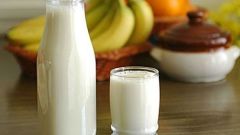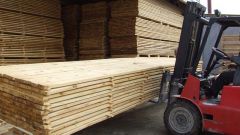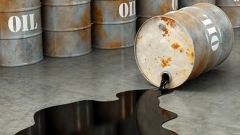Instruction
1
Start from the General formula connecting the mass (m), density (p) and volume (V): V=m/p. For example, the initial conditions given the mass of liquid helium that is equal to 100 kg, and is proposed to calculate its volume at standard atmospheric pressure. The density of this substance is 130 kg/m3, so 100kg would correspond to a volume approximately equal to 100/130≈0,7692307692307692м3.
2
Put the units of the metric system, in which the obtained result of the calculation in liters. In the SI system to measure volume, use cubic meters, and holds one liter is one cubic decimeter, and therefore increase the resulting value a thousand times - so many cubic decimeters are each cubic meter. In your example the answer should be a value equal to 769,2307692307692 L.
3
When solving practical problems, consider the change in the density of a substance when heated. In various reference tables, the density of a liquid is given together with the indication of the measurement conditions, including temperature. And in various regulatory documents specify correction factors separately for summer and winter periods. For example, for diesel fuel summer correction factor equal to 1.03, and winter - 1,045.
4
If you define kilograms of the required liter volume solids, and still consider the heterogeneity of the material. For example, in stolitrovyh a barrel of sand contains not only the substance, but certain quantity of air between the individual grains. This number depends on the particle sizes (particle size) components of the bulk material. In addition, the easily deformable substances can be compacted, thereby increasing the average density. So, for example, the weight of cement of mark M500 in stolitrovyh barrel may not correspond to the calculations made based on the tabular density of the substance.






